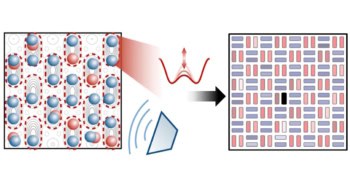In 1937 the largest aircraft ever to fly, the Hindenburg , exploded into flames while trying to land at New Jersey in the US. The explosion killed 37 people and put the development of airships back for decades. Investigations in both the US and Germany found that the explosion was caused by a build up of electrostatic charge which ignited the hydrogen inside the airship. Next week, however, two American researchers will present evidence at a symposium in Turkey that the material used to coat the skin of the airship caused the explosion. They also believe that the makers of the airship, the Zeppelin company, knew the real reason for the crash, but blamed hydrogen for 'political' reasons.
William Van Vorst of the University of California at Los Angles and Addison Bain, an independent consultant, have gathered evidence that hydrogen could not have caused the explosion. Film footage and witnesses of the crash describe bright yellow flames burning downwards, but hydrogen would only burn in an upward direction with a colourless flame. Several helium-filled airships also crashed and appeared to burn in a similar way. A second piece of evidence comes from chemical analysis of fabric used to cover the airframe. Van Vorst and Bain discovered the that sealant used on the cotton – a mixture of iron oxide, cellulose acetate and aluminium powder – was extremely flammable. “The total mixture might well serve as a respectable rocket propellant, ” says Van Vorst. Finally, the design used to attach the cotton to the airframe did not have any mechanism for preventing the build up of electrostatic charge. They believe that when the skin finally discharged, it passed a current through the skin direct to the frame, igniting the sealant on the fabric.
After the crash Hugo Eckner, chairman of Zeppelin company, publicly blamed the US for the accident by cutting off his supplies of helium, forcing him to use hydrogen. However, Van Vorst and Bain point out that the Graf Zeppelin , which was being constructed at the time of the disaster, suddenly underwent a series of modifications to reduce the risk posed by the fabric. These included doping the fabric with a fireproofing agent and using copper rather than aluminium in the sealant to prevent the build up of static electricity. The researchers also discovered a letter from Otto Beyersdorff – an independent investigator hired by the Zeppelin Company – who blamed the fabric for causing the blaze. “Clearly, there must have been strong suspicion that the fabric was the real culprit, ” says Van Vorst.



